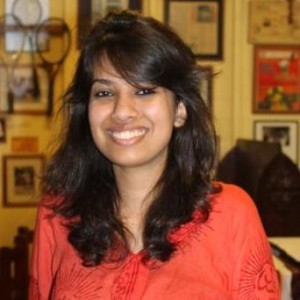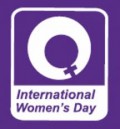While the World’s education systems currently favour girls and women across most of the World (1), with 112 women enrolled in university for every 100 men worldwide (2), this educational advantage has yet to translate itself into more lucrative and prestigious positions for women. This is particularly so in the economics profession.
Only one woman has ever been awarded the Nobel Prize in Economics (Elinor Ostrom in 2009), whereas in Physics there are 2 female Nobel Prize winners, in Chemistry 4, in Medicine 12, in Literature 14, and 16 women have been awarded the Nobel Peace Prize (3).
That women have trouble rising to the top in the economics profession is also reflected by the fact that there are currently only eight countries in the World in which the highest ranked economist is a woman (4). In at least three of those cases, however, the female researcher does not actually live in the country, but is rather affiliated with an institution in the country, while currently living in another country (5). Thus, only five countries in the world has a top economist, who is both female and actually lives in the country: Bolivia, Burkina Faso, Tanzania, Trinidad and Tobago, and Uganda. In contrast, there are 120 countries in which the top ranked economist is male (see Map 1). For the remainder of the countries, no data was available, as no economists at all had registered at RePEc.
 Development Roast Giving international development a proper roasting
Development Roast Giving international development a proper roasting


 By: Lisbeth Vogensen*
By: Lisbeth Vogensen*


 By Ioulia Fenton and Tracey Li.
By Ioulia Fenton and Tracey Li.
 What exactly leads to development is a topic of great debate in academic and practical circles. Proposed cures for
What exactly leads to development is a topic of great debate in academic and practical circles. Proposed cures for